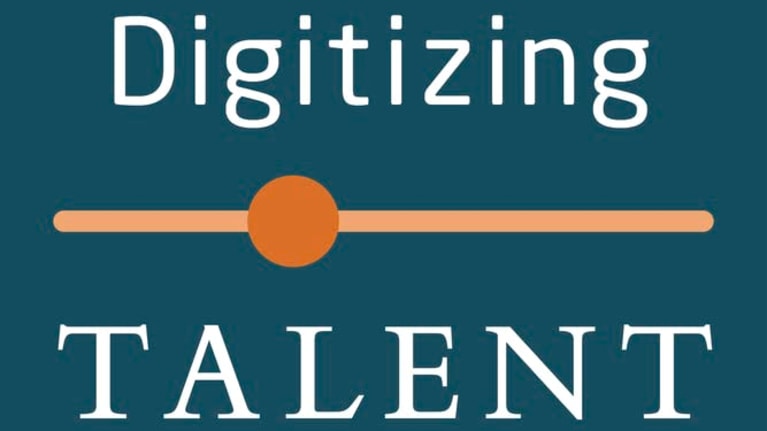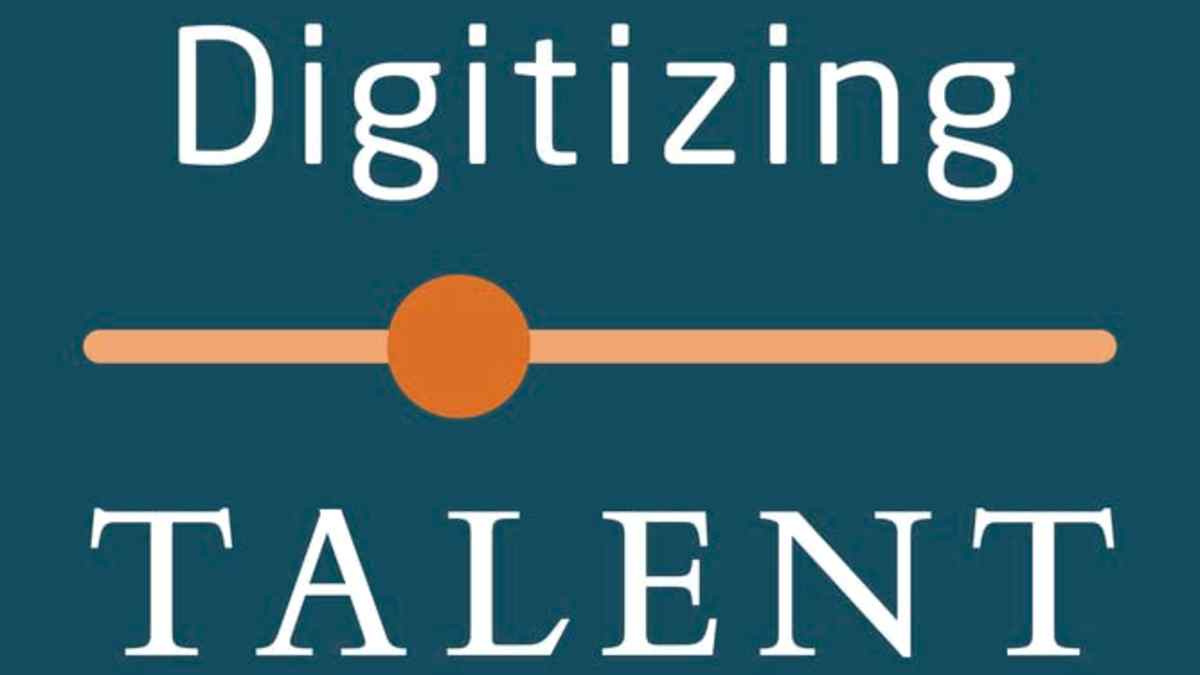

?What’s the best way to recruit—and retain—employees? Your company career site? Networking? Word of mouth? According to many studies, it’s actually employee referrals, which attract employees who tend to stick around for extended periods compared with those who are found through different methods. Since referrals are shown to produce better workers, it’s important to encourage your current employees and extended network to be involved in the recruitment process.
An employee referral program is a recruiting strategy in which employers incentivize current employees or former employees (alumni) through rewards to refer qualified candidates for jobs in their organizations. Employee referrals are a great way to drive qualified candidates from a very active and engaged pool of professionals who are your employees. They know the organization and its culture and can speak to the business brand like no one else.
If you’re building your employer brand and starting from the ground up expecting your employees to send a flurry of referrals for your open positions, the best place to start is by creating a brand ambassador program, especially one that is accessible and focused online.
What Brand Ambassador Programs Look Like
At its core, your employee’s experience is their story. No amount of policy, NDAs, or “spin” can change what that means. If your program is to be successful, you need to incentivize your workforce and put them in the driver’s seat. It needs to be organic, not programmed or forced. Automation and control take this out of the realm of word of mouth and into the realm of advertising, resulting in a loss of effectiveness.
With your employees as the centerpiece, your program can tell the story from the right perspective and will address the issues your candidates are most likely to be concerned with. Simply stated, this needs to be an organic effort by your employees to tell real, positive stories about what it means to be a part of your brand and why others should consider signing on. Let employees share the benefits of working for you that have meant the most to them via social media, YouTube and any other source they prefer. This is what employment branding really is.
It’s not enough to simply create a program for employee referrals. Sure, you could send an all-company email with instructions on how to refer candidates to open positions at your company and leave it there, but it’s likely to fall flat (or get lost in email). Your employees are busy with life and work. Tell employees that you’re interested in working with them to find others who can help build a great place to work and a rewarding culture. Let them know that you will send emails about open positions regularly and would appreciate their recommendations for suitable candidates who fit in with the culture and have the capacity to make important contributions.
How to Promote Your Program
HR and recruiting leaders must be master marketers focused on internal employees as well as company communication. What CEO or HR doesn’t want a qualified pipeline of candidates whose cost-per-hire is substantially less? And don’t forget that employee referral programs also historically have lower turnover rates because those candidates are prepped and given expectations by your best employees. Here’s how to get started:
- Roll it out. As soon as you create an employee referral program, HR should do more than just send an email. Internal marketing should be a focused, detailed and long-term process. HR teams should think big picture by looking at small opportunities to drive conversation, such as bringing in a lunch or snack, gathering your teams and talking about the benefits of employee referrals. Position it as a perk (“you’re great, you likely know other great possible employees”) and don’t just leave it there. Combining these more tactical strategies with a larger plan, you are sure to generate positive results.
- Celebrate the small wins. Send an all-company email when someone’s referral is hired—and include what the referring employee will get (X dollars after X days of employment for their referral). Examples like these will incentivize other team members to stop and take a look at their networks to see who they can send your way.
Remember: High-performing employees refer high-performing candidates.
Ideally, you want to hire referrals from your best employees—and your top performers. Logically, it makes sense that candidates in your employee’s network share some of the same traits that you’re looking for. Your highest performing teams likely are also the busiest ones. It’s key to make employee referrals easy and quick, as well as to include the referring employee in the status of their referral.
- Post a reward. Your staff wants to know that your company cares that they took the time to refer a candidate. It’s a small thing to set up a reward system, whether cash or gift card or a paid day off (once their referral has worked at your company for a specific period of time). Have all-hands meetings. Take the time to thank your team members for their referrals. Recognition is its own reward, but cash is still the most effective employee referral strategy.
- Give a bonus. Offer a 90-day or 120-day retention bonus on top of your first day start referral bonus. It helps ensure that the employee who’s doing the referring is committed to sending the best talent for the long term to your company. This is the secret sauce to a robust referral program.
- With a small budget, consider swag. Why not create a killer design for an employee t-shirt with your brand and Instagram hashtag? Or a tagline like “ask me about my amazing job @yourinstagramhandle?” Depending on the number of employees who are willing to wear the shirts around town, at the gym, at grocery stores and elsewhere, putting it on a tee is a fun way to get a conversation about your company started. As a bonus, this contributes to company branding!
This article is adapted from Digitizing Talent: Creative Strategies for the Digital Recruiting Age, by Jessica Miller-Merrell (SHRM Books, 2023).

